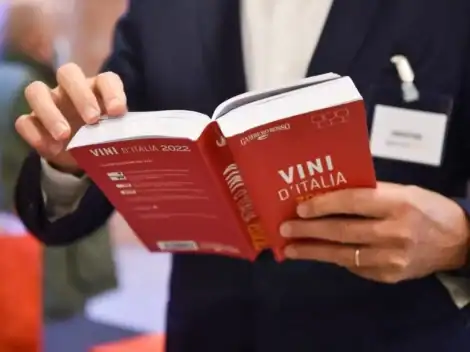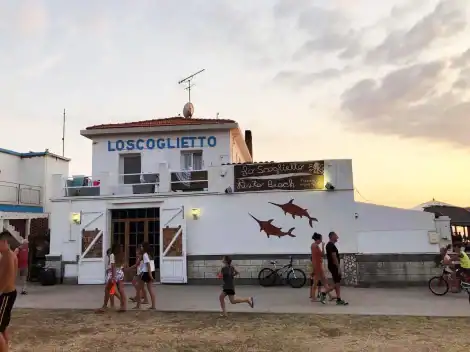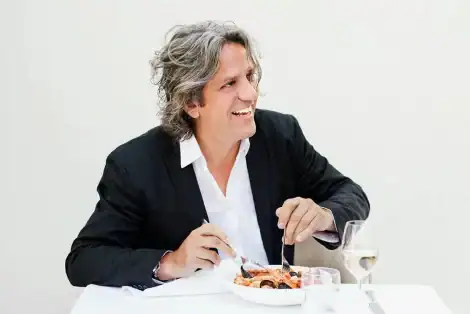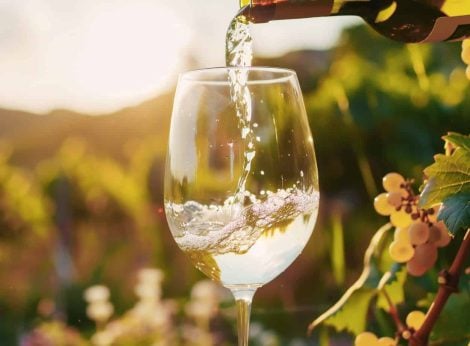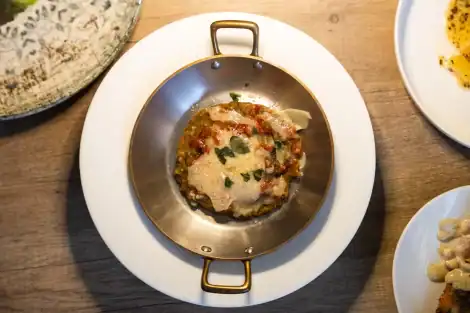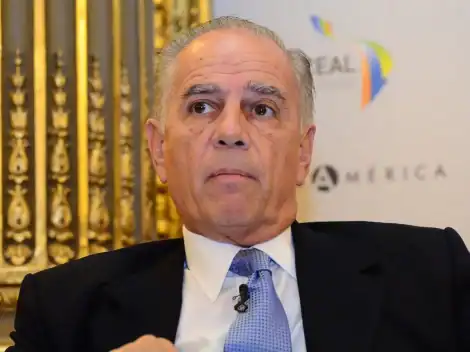In the beginning came the success of bubbles. Then it was the turn of rosé wines. But what happens if the two trends coincide? Will a successful third trend come about? Or in the world of wine, adding two phenomena doesn't necessarily give a third? There are certainly many territories to bet on and for many major sparkling wine denominations, sparkling rosé have long since become an already consolidated type. But now, with the entry of Prosecco into the pink business, things could accelerate.
This was discussed at the workshop "Bubbles and Pink Wines: scenario, market, trends, perspectives," during the first edition of Acqui Wine Days, organized by Consorzio Tutela Vini d'Acqui (which introduced the pink bubbles in the 2017).

How much are rosés and bubbles worth separately?
To understand the overall phenomenon, let's start with the two addends. According to the Wine Observatory of Unione Italiana Vini, which persented the "Rosato & Spumante" research, in recent years the consumption of sparkling wines has grown from 2 billion bottles (in 2002) to 3 billion in 2019. In the same time period rosé wines went from 2.2 billion to 2.8 billion bottles. "Of course" observed Carlo Flamini, technical coordinator of the Observatory, "there is an extraordinary opportunity to create a new product category that is the sum of two differences, but it's not automatic that those who drink rosé also drink sparkling wine and vice versa. Believing this would be a mistake. However, we can push to create new rosé sparkling wine consumers.”
Provence and Prosecco, two school cases
If this is the case, better to avoid simplistic algebric sums, certainly at this stage. It's interesting to study the trend of rosés and bubbles, to obtain key points, useful for predicting what could happen with sparkling rosé. For both, for example, there are case studies: Provence for rosé and Prosecco for bubbles.
“The former” explains Flamini “has created a real wine style imitated all over the world, overcoming the concept of a sub-category of red. Prosecco, on the other hand, has given way to a democratization in the consumption of bubbles, positioning itself in a consumption tier in the middle that did not exist before: between Champagne and Cava. So, putting the two phenomena together - rosé and sparkling wines - we find some markets that tend to be already receptive to their consumption, as mass market products.”
But beware: some markets, but not all of them. And here we can find another characteristic in common with the two types of product: "Unlike red wines, which are a global phenomenon that has also taken root in Asian countries, for rosés and bubbles we can speak of purely Western phenomena" Flamini underlines "the main outlet markets for both are, in fact, the United States, Germany and the United Kingdom." If the audience of consumers is still small (therefore with possible margins for growth in other markets), the same can be said for producing countries. And this can only be an important competitive advantage for Italy which appears in the triad of producers and exporters, along with France and Spain.
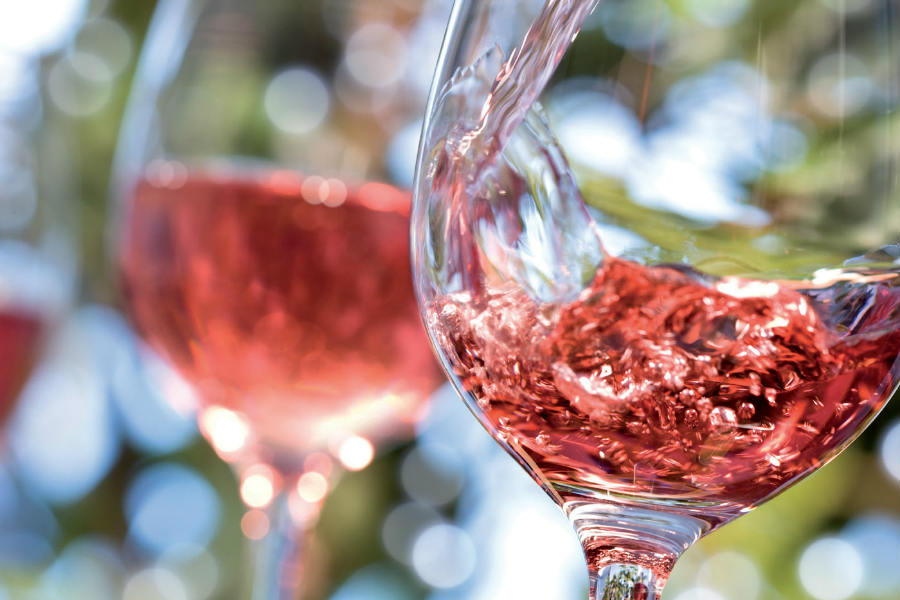
Production and consumption of sparkling rosé in Italy and in the world
Let's observe the numbers - still small - of sparkling rosé. According to the Unione Italiana Vini Italian wine Observatory, Italy currently produces 49 million bottles of the "new type," which in 2021 should exceed 60 million, compared to a world production that should amount to 160 million bottles. If you look at consumption in the world, the forecasts for 2021 say that they will be divided between 95% of white bubbles (3.1 billion bottles) and 5% of pink bubbles (150 million bottles).
However, all the unknowns related above all to positioning weigh on this 5% (given that it could undergo significant growth). Until now, in fact, there has been a real polarization: on the one hand the luxury products (think Champagne rosé), on the other the popular ones (in particular, American sparkling wines and Cava). It will be interesting to see where and how the newcomer in the Prosecco realm will fit - the rosé version that will go on the market from next January - and what spaces it will leave to the other denominations that are trying to follow the same path.
Whats the market for Prosecco rosé?
Although it is not yet on the market - not with the official name of Prosecco at least - it's easy to predict that even the rosé version of the Triveneto sparkling wine will have no difficulty in exploiting the wave of success of the traditional version. According to the projections of the Prosecco Doc Consortium, in fact, if today the Italian production of pink bubbles stands at 49 million bottles, in the coming months it will reach 51 million, of which 20 million accountable to Prosecco itself. But the real results are expected for 2021, when - again according to forecasts - the Italian total will amount to 64 million bottles, with Prosecco more than doubled: 50 million bottles. Numbers that would also change the world map.
According to the UIV Observatory, in fact, the pink version of the Triveneto sparkling wine would outperform its main competitors: Champagne (stopped at 31 million bottles) and Cava (23 million). In between there would be all the other rosés. For Italy, these are all those rosé sparkling wines produced in territories other than Veneto (which today is worth 78%): from Franciacorta (4%) to Trentino (2%), passing through Piemonte. In fact, there's a growing number of denominations that include the type, including Brachetto d’Acqui Docg, Franciacorta, Alta Langa Docg, Trentodoc, Doc Bardolino Chiaretto, Valtènesi Chiaretto Doc, Lambrusco, Puglia Igp, Etna Doc
“For all of them” concludes Flamini “it's necessary to decide where to fit in: follow in the footsteps of the success of Prosecco Rosé, which however could already be absorbed by the denomination itself, or find its own path? And in the latter case, which one? The super premium positioned between Prosecco rosé and Champagne or, the low cost one, with the risk of a cheap direction?"
The case of Acqui Docg Rosé
Among the Consortia that have identified rosé sparkling wine - one of the growth trends in international consumption - there is that of Vini d'Acqui which, starting from the 2017 harvest, introduced the new type, starting from Brachetto grapes and obtained with the Martinotti-Charmat method.
"For now, the production of Acqui docg Rosé is limited to five wineries out of the 60 Consortia members, for a total of 75,000 bottles," said the president of the Consortium Paolo Ricagno, "but many others are deciding to start on this path, convinced by the project that we are undertaking and with the high quality that distinguishes the product."
And if consumption is still closely linked to the territory and the domestic market, three years after its debut, results are beginning to be seen also on international markets. "The first countries that imported Acqui docg rosé," reveals the president "are Denmark, Texas and Saudi Arabia." Not really, therefore, the reference markets for Brachetto d'Acqui which, after Italy (60% of the product), is consumed mainly in the United States (30%). Could rosé sparkling wines therefore also be a key to opening other not yet established markets?
The Sparkling Rosé Observatory project
Meanwhile, the next step could be that of an Italian Sparkling Rosé Observatory. This is at least the proposal launched by the Consorzio Tutela Vini d’Acqui, in order to monitor the growth of the "new" typology. "This is a project that began with this workshop" the Consortium tells us "and which foresees in the future other meetings on this very theme and with the contribution of numbers on the phenomenon. The participation and the first reactions seemed positive to us and, therefore, there are all the conditions to continue.”
"The initiative of the Consorzio Tutela Vini d'Acqui is visionary" said Giulio Somma, director of Corriere Vinicolo, who spoke at the meeting "the idea of creating an observatory of the Pink Wine Bubbles in Italy is an innovative proposal that stands out in the parochial and fragmented context of Italian docg. We have the opportunity to rediscover the value of diversity, which we have so far often experienced as a weakness."
“That 5% consumption of rosé bubbles in the world may still seem little” is the opinion of Riccardo Ricci Curbastro, Federdoc president “but not irrelevant. On the other hand, just go and see the windows of the US wine shops that in recent years have been filled, first with rosé wine, and then with rosé Champagne. This tells us that something new is happening and Italy is present in this something. Present first of all with Prosecco which, despite the many criticisms received, seems to have been right to pursue this bet. And then it is present with the proposal of Acqui Docg Rosé: a courageous and quality project, which must now be characterized and told correctly ". Starting also from a sector observatory that knows how to give the right inputs to a path that must be followed.
by Loredana Sottile
This article was published in the Tre Bicchieri issue of 1 October 2020
Subscribe if you too are interested in legal, institutional and economic issues pertaining to wine. It's free, just click here

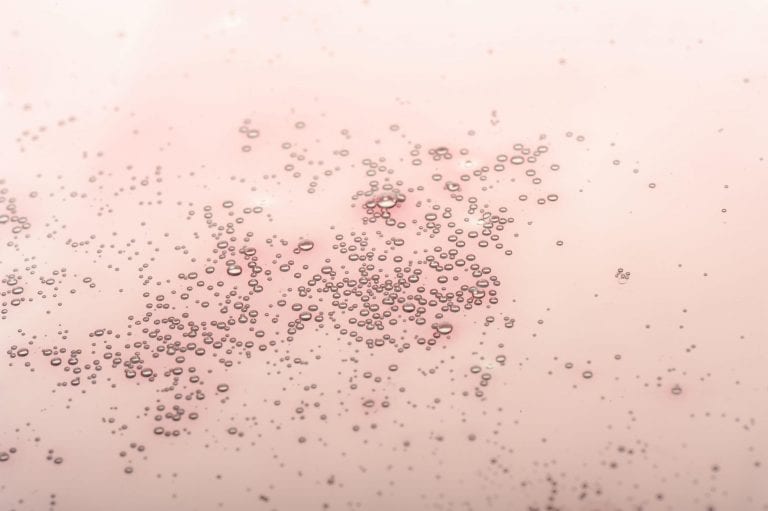
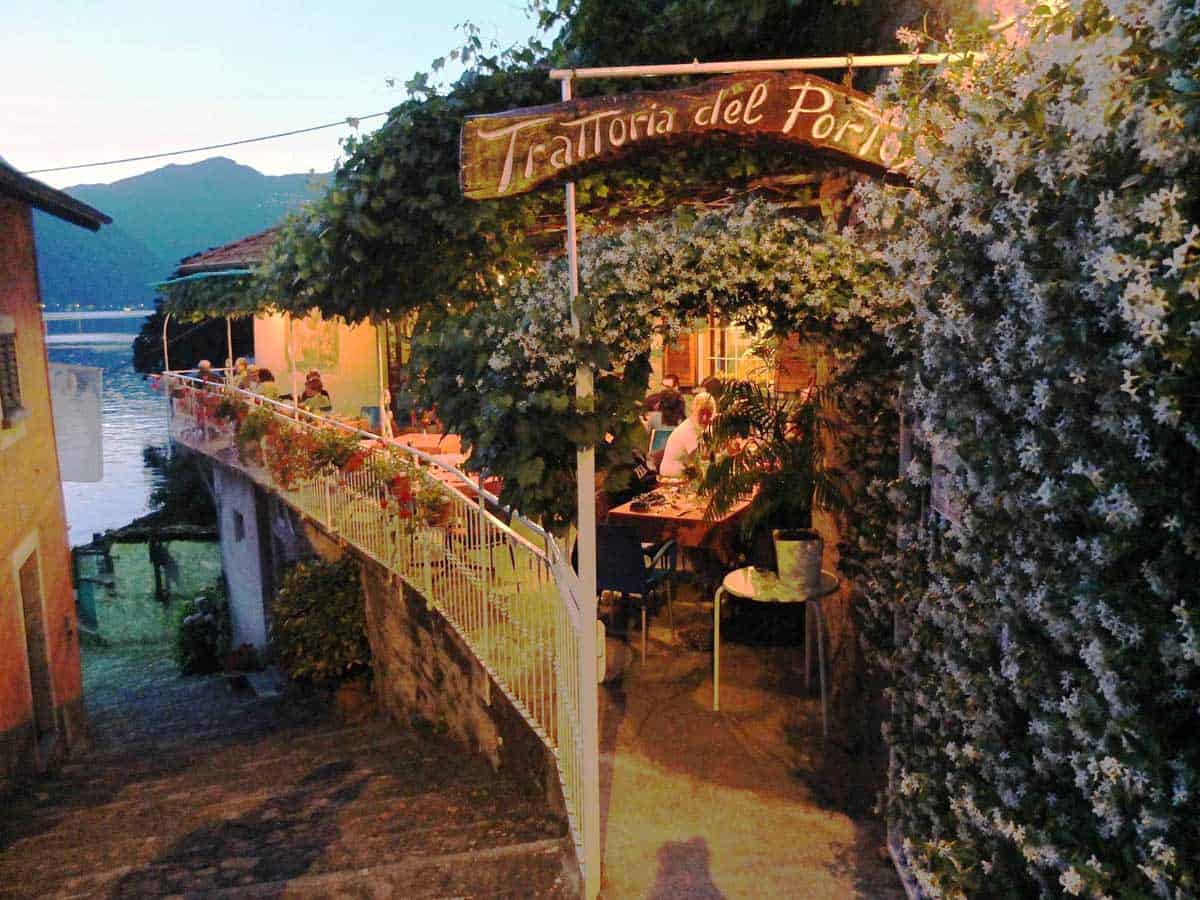 Three days at Lake Como in 17 destinations: Trattorias, Osterias and Fine Dining
Three days at Lake Como in 17 destinations: Trattorias, Osterias and Fine Dining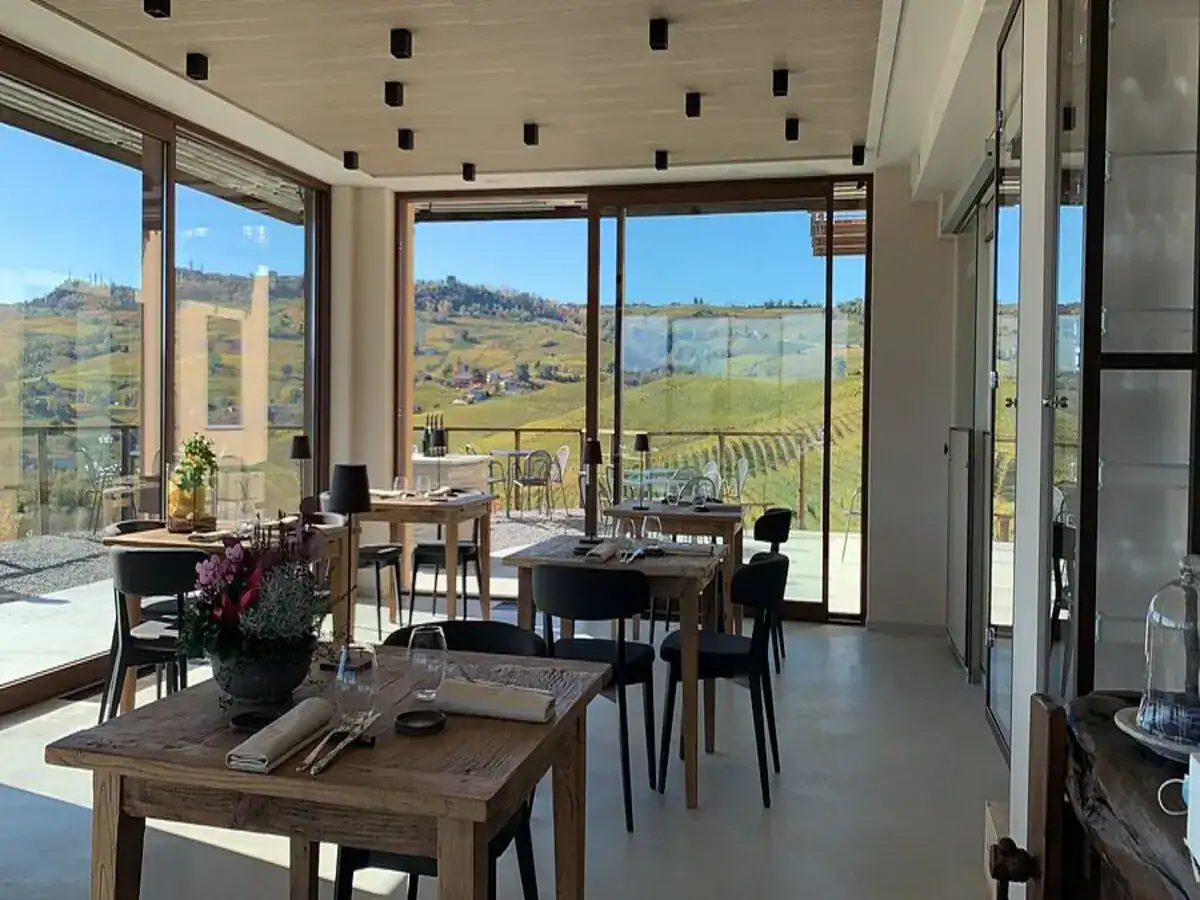 Piedmontese classics and raw seafood. The unexpected restaurant with a pool in the Langhe
Piedmontese classics and raw seafood. The unexpected restaurant with a pool in the Langhe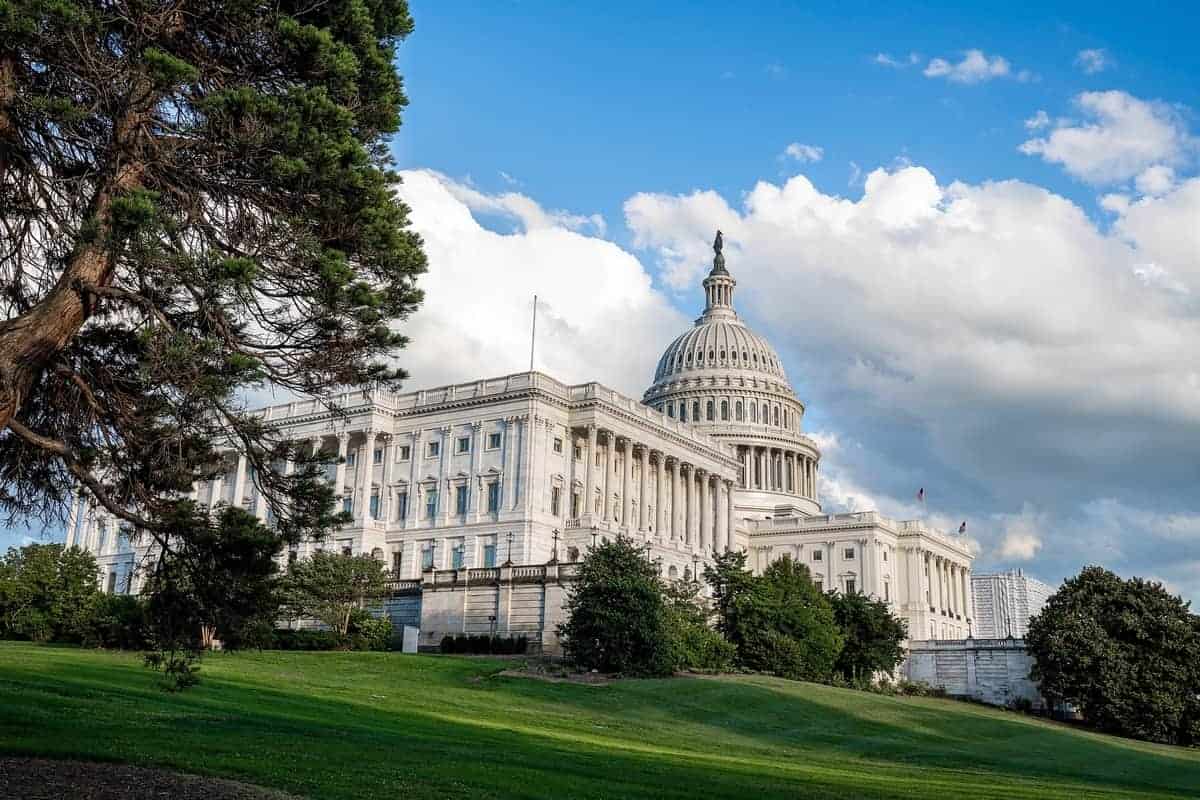 US Tariffs. according to the Government, a 10% rate would not be impactful, but for most wineries the risk is high
US Tariffs. according to the Government, a 10% rate would not be impactful, but for most wineries the risk is high Grilled vegetables and chicken on the side: in Chianti, plant-based cuisine takes centre stage
Grilled vegetables and chicken on the side: in Chianti, plant-based cuisine takes centre stage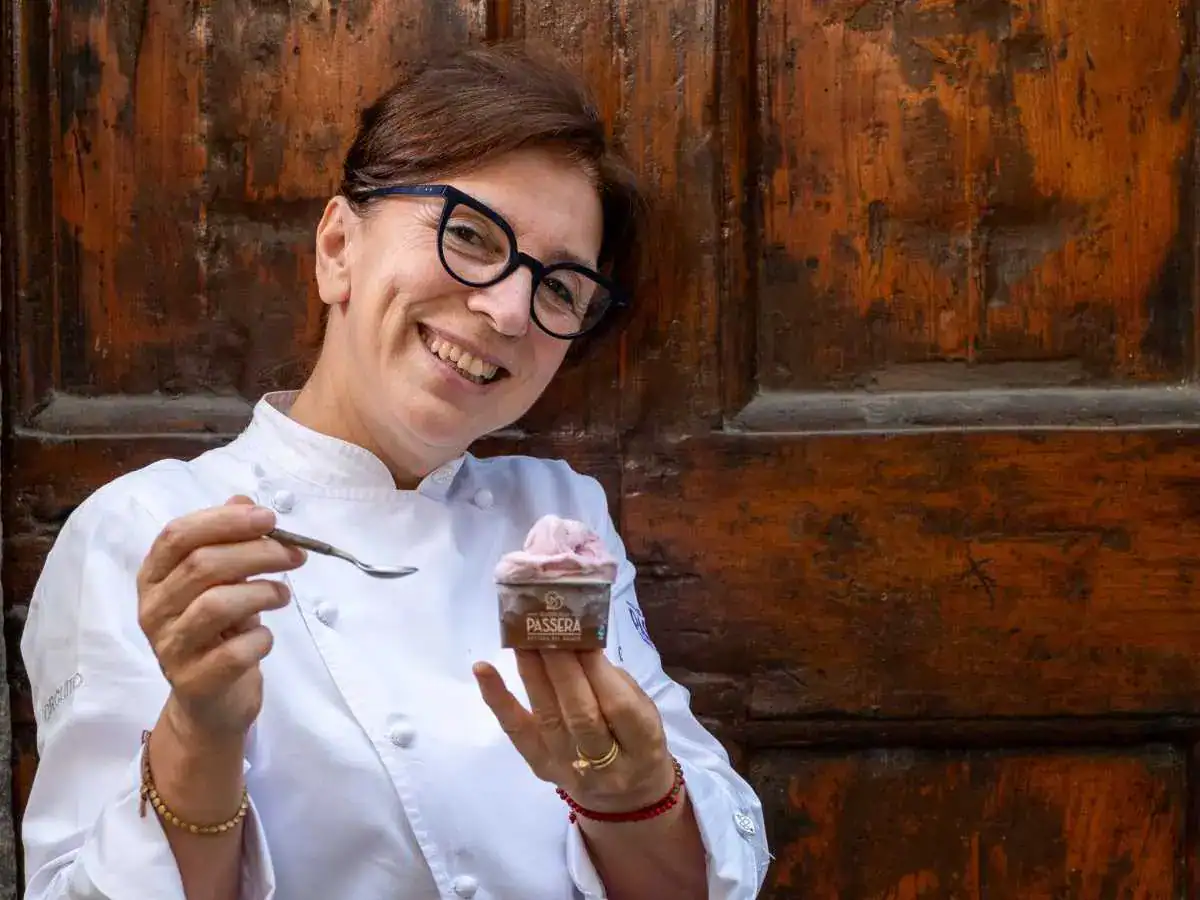 A top gelato maker from Florence launches flavours dedicated to women who made history
A top gelato maker from Florence launches flavours dedicated to women who made history